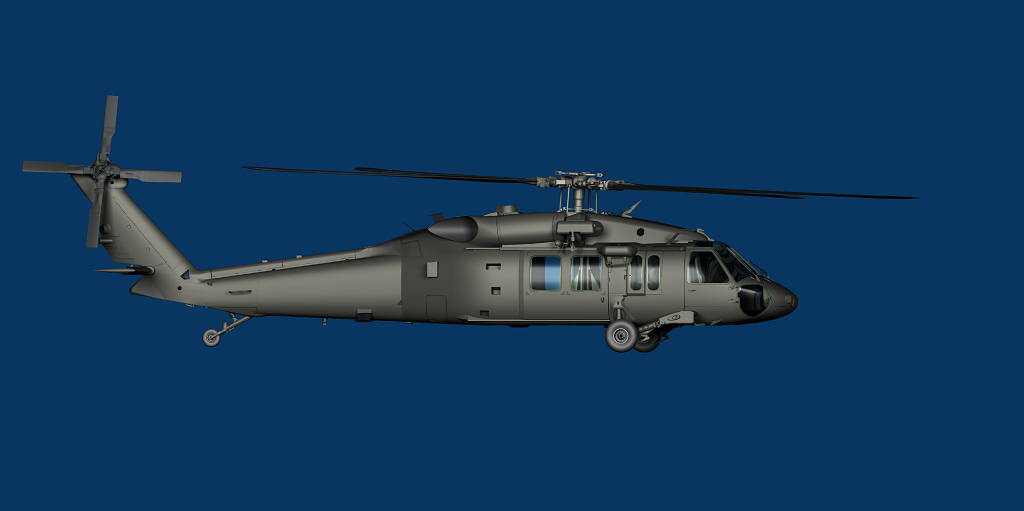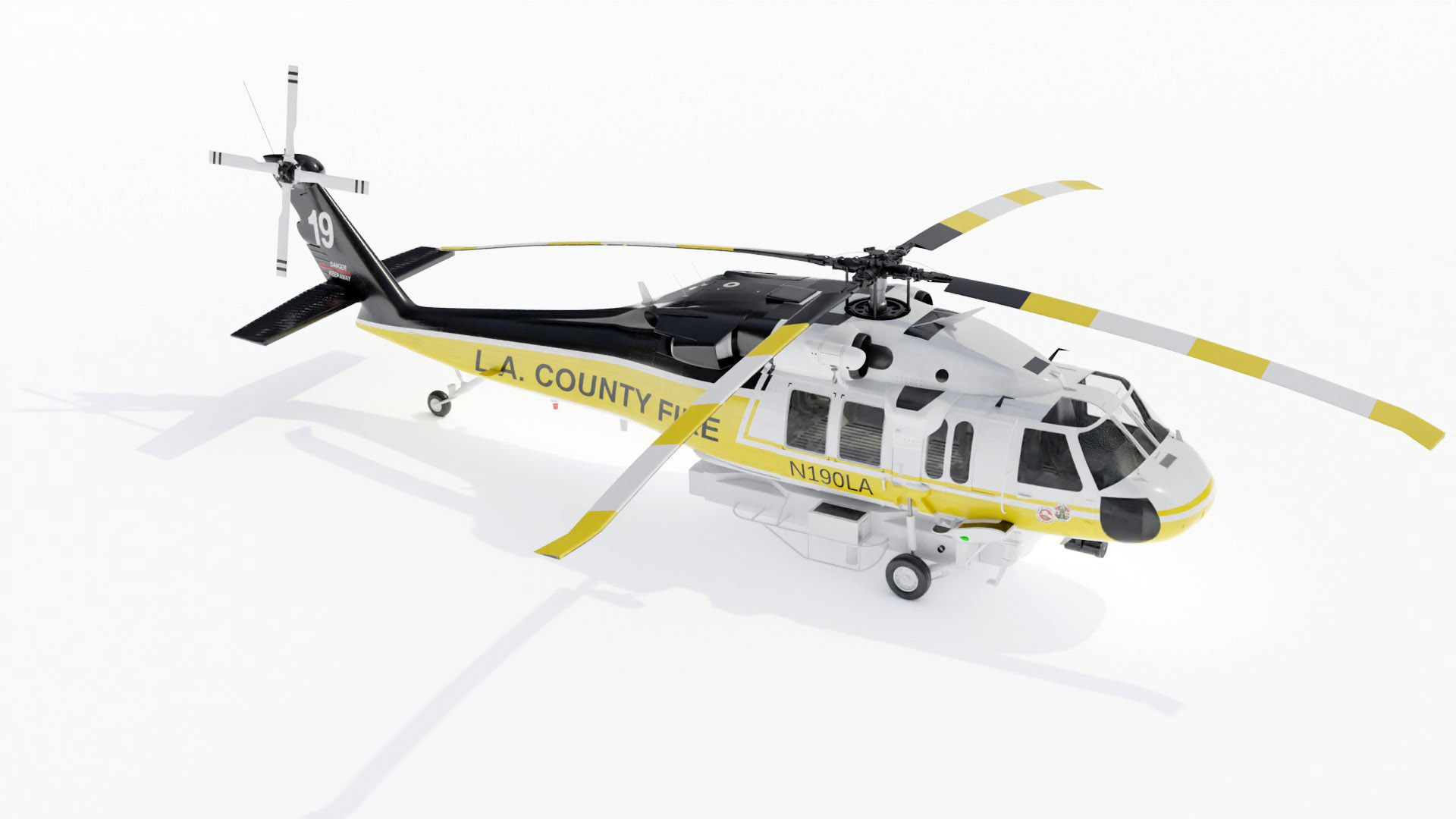Sikorsky S 70: Enhancing Helicopter Performance and Flexibility
Sikorsky S 70: Enhancing Helicopter Performance and Flexibility
Blog Article
High-Performance Multi-Role Rotorcraft Featuring Advanced Cockpit Technologies and Integrated Sensor Equipments
The world of rotorcraft modern technology has seen remarkable improvements in recent times, especially in the world of high-performance multi-role rotorcraft furnished with sophisticated cabin modern technologies and flawlessly integrated sensor systems. These technologies have not just enhanced the functional capabilities of rotorcraft but have likewise dramatically impacted modern aviation operations on different fronts. From improved goal convenience to improved operational effectiveness, the merging of advanced cockpit modern technologies and integrated sensor systems has actually introduced a new era of opportunities for rotorcraft applications. In the adhering to conversation, we will check out the evolution of rotorcraft innovation, dig into the world of innovative cockpit innovations, and check out the effects of integrated sensing unit systems on the functional adaptability and efficiency of contemporary rotorcraft.
Development of Rotorcraft Modern Technology
The development of rotorcraft modern technology has actually been noted by substantial innovations in the rules of aerodynamics, materials, and propulsion systems, shaping the capabilities and performance of modern-day rotorcraft. In addition, improvements in propulsion systems, consisting of more powerful engines and innovative propulsion technologies, have actually made it possible for rotorcraft to achieve greater altitudes, faster speeds, and higher hauls.
These improvements have not just changed the abilities of rotorcraft but have actually additionally broadened their applications across numerous markets, including army, business, and emergency services. The continual advancement of rotorcraft modern technology continues to drive advancement in the field, pressing the boundaries of what is feasible and shaping the future of vertical flight.
Advanced Cabin Innovations
Structure upon the foundational improvements in aerodynamics, products, and propulsion systems, the realm of rotorcraft technology now shifts emphasis in the direction of pioneering Advanced Cockpit Innovations. The combination of advanced modern technologies within the cabin atmosphere plays a critical function in boosting the operational abilities, safety, and performance of modern-day rotorcraft. sikorsky s 70. Advanced Cabin Innovations encompass a wide range of attributes designed to offer pilots with boosted situational understanding, structured data monitoring, and instinctive control interfaces
One of the crucial developments in cockpit layout is the implementation of glass cabins, which replace traditional analog assesses with high-resolution display screens. These electronic systems use adjustable designs, real-time information assimilation, and boosted readability, allowing pilots to access vital information at a glance. Progressed avionics systems, such as fly-by-wire controls and boosted fact displays, are revolutionizing just how pilots connect with the aircraft, permitting for exact control and boosted decision-making capabilities.


Integrating innovative cabin advancements not only boosts pilot efficiency yet likewise contributes to total mission effectiveness and security in intricate functional atmospheres. By leveraging modern modern technologies within the cabin, rotorcraft makers are establishing brand-new criteria for functional excellence and mission success.
Integrated Sensing Unit Systems
With the development of rotorcraft technology, the combination of advanced Integrated Sensing unit Solution has actually come to be paramount in improving functional effectiveness and safety and security. These Integrated Sensing unit Equipments incorporate a large variety of technologies that offer vital information for various functions such as navigation, monitoring, targeting, and ecological monitoring. By effortlessly incorporating sensors like radars, cameras, lidar, and infrared systems into rotorcraft, operators can gain from boosted situational awareness, improved mission capacities, and lowered pilot workload.
One key advantage of Integrated Sensor Solutions is their capacity to collect real-time information and supply actionable insights to pilots and objective operators. Advanced radar systems can spot and track targets over long ranges, enabling for early threat detection and efficient response preparation. Furthermore, integrating electro-optical and infrared electronic cameras allows rotorcraft to carry out reconnaissance and monitoring missions with precision and precision.
Basically, the combination of sophisticated sensing unit technologies right into rotorcraft not only boosts operational performance yet also adds dramatically to total mission success and staff safety. As rotorcraft remain to progress, the function of Integrated Sensor Systems will undoubtedly remain at the leading edge of development in the aerospace sector.
Operational Flexibility and Performance
Enhancing functional convenience and performance in rotorcraft is an all-natural progression from the combination of innovative Integrated Sensor Systems. By leveraging the information and understandings offered by these cutting-edge sensing unit systems, rotorcraft can optimize their performance across numerous goals and atmospheres.
Operational convenience encompasses the ability of rotorcraft to adapt to various roles and scenarios efficiently. With advanced cockpit innovations and incorporated sensing unit systems, rotorcraft can effortlessly change in between jobs such as search and rescue, clinical evacuation, security, and more. This flexibility improves the rotorcraft's capacity to meet diverse functional requirements without needing extensive reconfiguration.
Performance in rotorcraft operations is crucial for making best use of goal effectiveness and resource use. Integrated sensing unit systems play a critical role her comment is here in enhancing operational efficiency by offering real-time information on weather problems, surface mapping, target tracking, and a lot more. This information allows pilots to make informed decisions swiftly, maximize flight courses, preserve gas, and enhance general mission performance.
Effect on Modern Aviation Procedures

Moreover, the integration of advanced sensing units assists in enhanced goal preparation and execution, enabling rotorcraft to carry out a broad array of tasks with boosted precision. From search and rescue procedures to aerial firefighting and police goals, the capacities of modern rotorcraft geared up with advanced cockpit innovations and incorporated sensing unit systems are unrivaled.
Furthermore, the influence of these innovations expands past operational effectiveness to cost-effectiveness and sustainability. By maximizing trip courses, gas consumption, and upkeep routines, high-performance rotorcraft outfitted with advanced cabin technologies and sensing units add to reducing operational costs and environmental influence, making them important properties in contemporary air travel operations.
Verdict
To conclude, the high-performance multi-role rotorcraft with sophisticated cockpit modern technologies and integrated sensing unit systems stands for a considerable development in aviation innovation. These technologies improve operational flexibility and effectiveness, ultimately affecting contemporary aviation procedures in a positive method. The integration of these sophisticated modern technologies enables boosted capabilities and performance in numerous mission scenarios, showcasing the continued advancement of rotorcraft modern technology in the aeronautics industry.
The world of rotorcraft modern technology has actually seen noteworthy improvements in recent times, especially in the realm of high-performance multi-role rotorcraft outfitted visit their website with cutting-edge cockpit technologies and perfectly integrated sensing unit systems. From boosted goal convenience to boosted functional performance, the convergence of innovative cockpit technologies and integrated sensing unit systems has actually ushered in a new period of opportunities for rotorcraft applications. In the following conversation, we will explore the development of rotorcraft innovation, delve right into the realm of innovative cockpit technologies, and analyze the effects of integrated sensing unit systems on the functional convenience and performance of modern rotorcraft.

Report this page